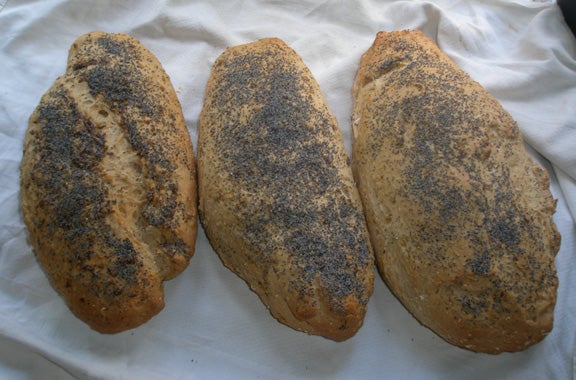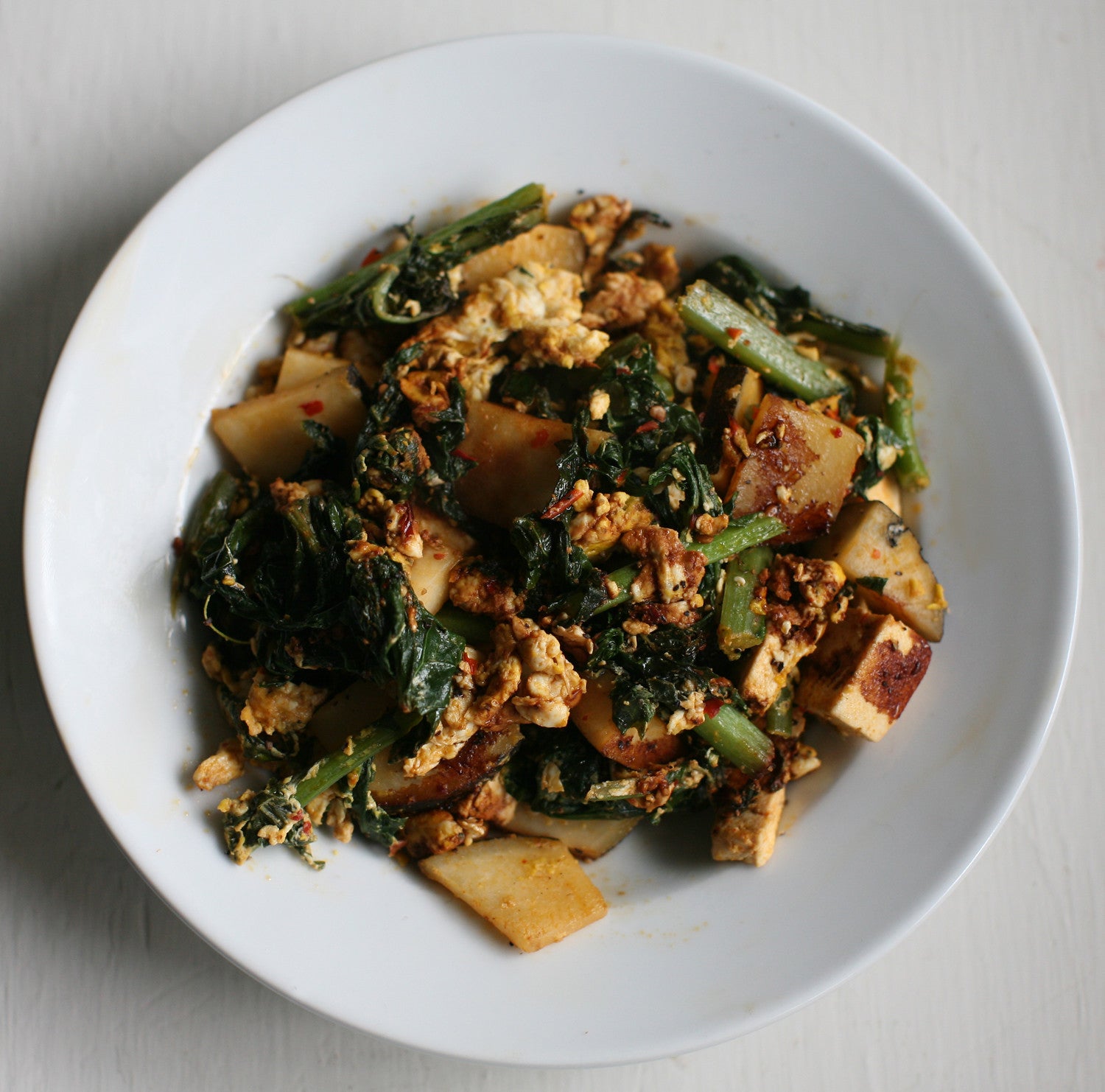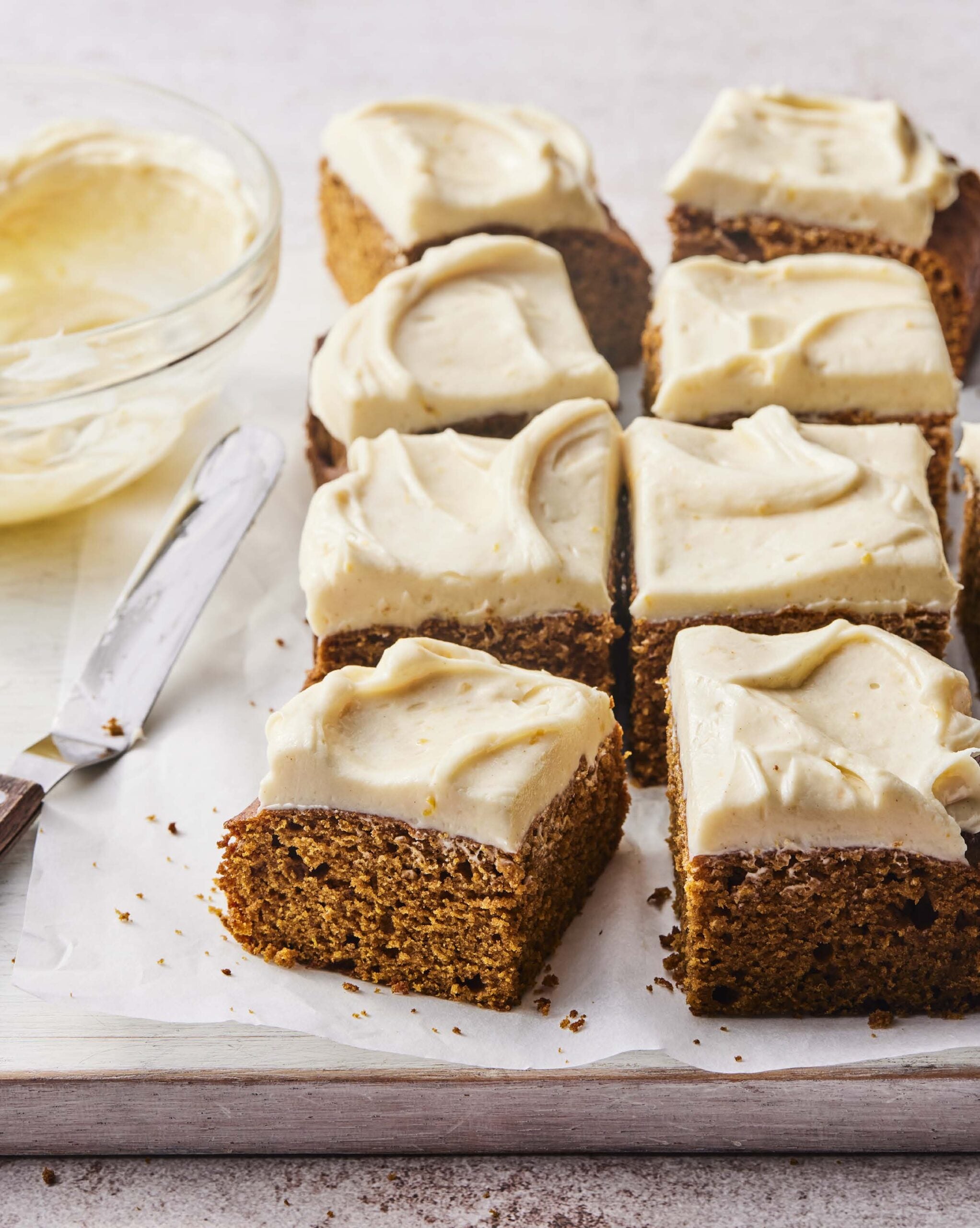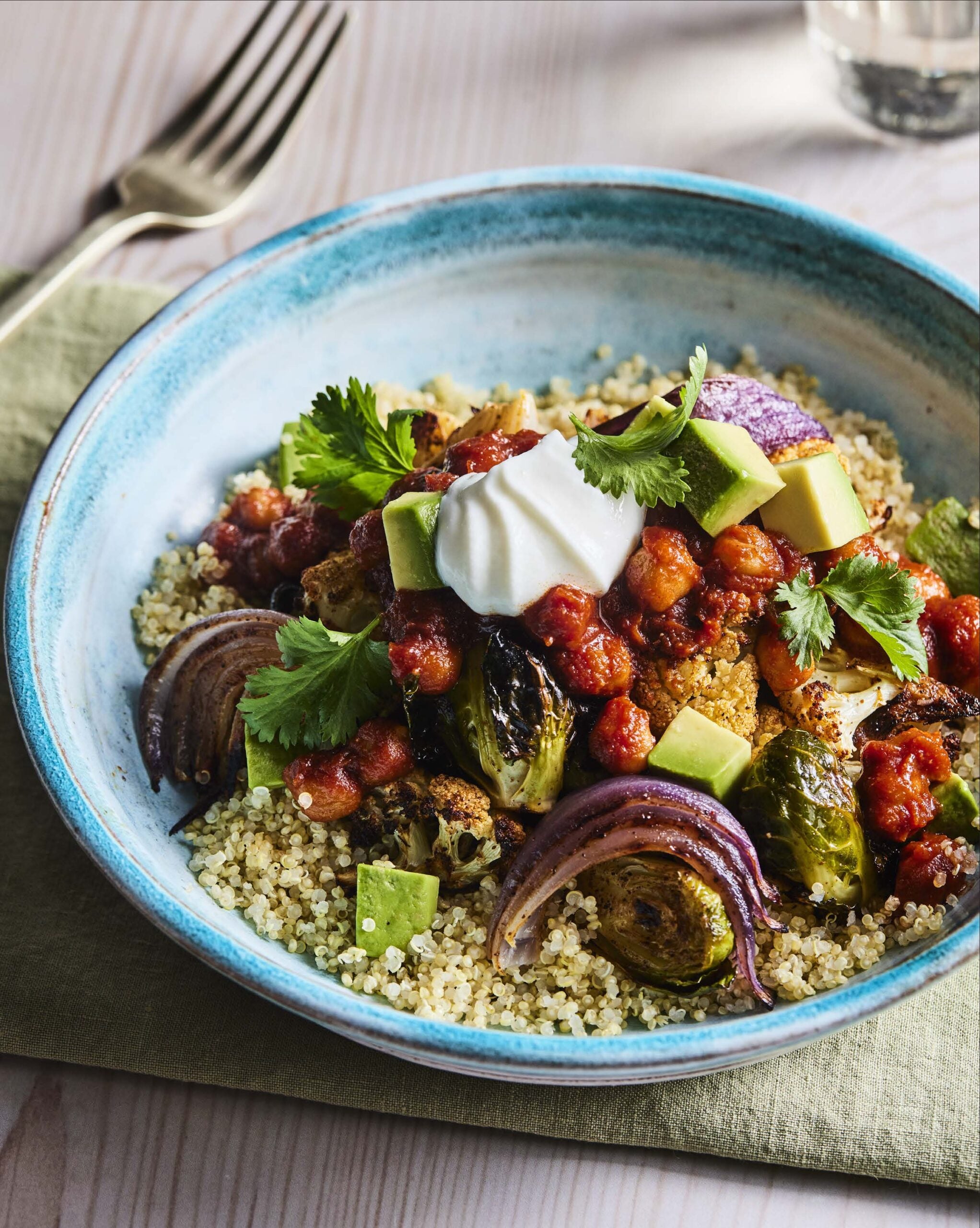From Brother Juniper’s Bread Book: Slow Rise As Method and Metaphor, by Br. Peter Reinhart (Addison-Wesley Publishers)
“On the eve of the Feast of Saint Michael The Archangel (Sept. 29), a wonderful custom used to take place in Western Scotland. Each family member baked breads called Struan Micheil, which were made of all the various grains harvested during the year. Usually, the eldest daughter, under the watchful eye of her mother, baked the breads. Large Struans were made for the community and small ones for each family member. In remembrance of absent friends or those who had died, special Struans, blessed at an early morning Mass, were given to the poor in their names.”
INGREDIENTS
Stay informed on the latest news
Sign up for WPR’s email newsletter.
- 2 1/2 cups bread flour (high-gluten)
- 3 tablespoons uncooked polenta (coarse corn meal)
- 3 tablespoons rolled oats
- 3 tablespoons brown sugar
- 2 tablespoons wheat bran
- 1 1/4 teaspoons salt
- 1 tablespoon instant yeast (or 1 1/4 tablespoons active dry yeast, dissolved in 4
- tablespoons warm water)
- 3 tablespoons cooked brown rice
- 1 1/2 tablespoons honey
- 1/3 cup buttermilk
- Approximately 3/4 — 1 cup water (adjust as needed to make a supple dough)
- 1 tablespoon poppy seeds (for top)
MIXING
In a bowl mix all the dry ingredients, including the salt and yeast. Add the cooked rice, honey, and buttermilk, and mix. Then add 3/4 cup of water, reserving the rest for adjustments during kneading. With your hands squeeze the ingredients together until they make a ball. Add water as needed to keep the dough pliable. Sprinkle some flour on the counter and turn the ball out of the bowl and begin kneading.
KNEADING
It will take about fifteen minutes to knead by hand. The dough will change before your eyes, lightening in color, becoming gradually more elastic and evenly grained. The finished dough should be tacky but not sticky, lightly golden, stretchy and elastic rather than porridge-like. When you push the heels of your hands into the dough, it should give way but not tear. If it flakes or crumbles, add a little more water.
PROOFING
Clean and dry the mixing bowl. Put in the dough and cover with a damp towel or plastic wrap or place the bowl inside a plastic bag. Allow the dough to rise in a warm place for about one hour to an hour and a half, until it has roughly doubled in size (it may take longer, depending on the temperature).
FORMING LOAVES
This recipe makes one regular size loaf of bread (about 1 1/2 pounds finished weight) or about 15 dinner rolls.
Roll into a loaf by pressing on the center with the heels of the hands and rolling the dough back over itself until a seam is formed. Tuck all the pieces of dough or end flaps into the seam, keeping only one seam in the dough. Pinch off the seam, sealing it as best you can, and put the loaf, seam side down, in a greased bread pan. Spray the top with water and sprinkle on the poppy seeds. Cover and allow the dough to rise till it crests over the top of the pan, approx. 60-90 minutes.
BAKING
Bake in a pre-heated 350 degree oven (300 if convection), for approximately 45 minutes. The loaf should dome nicely and be dark gold. The sides and bottom should be a uniform medium golden brown and there should be an audible thwack (or thunk), when you tap the bottom of the loaf.
If the bread comes out of the pan dark on top but too light or soft on the sides or bottom, take the loaf out of the pan, return it to the oven, and finish baking until it is twackable. Bear in mind that the bread will cook much faster once it is removed from the pan, so keep a close eye on it.
Allow the bread to cool thoroughly for at least 40 minutes before slicing it.
Wisconsin Public Radio, © Copyright 2025, Board of Regents of the University of Wisconsin System and Wisconsin Educational Communications Board.



